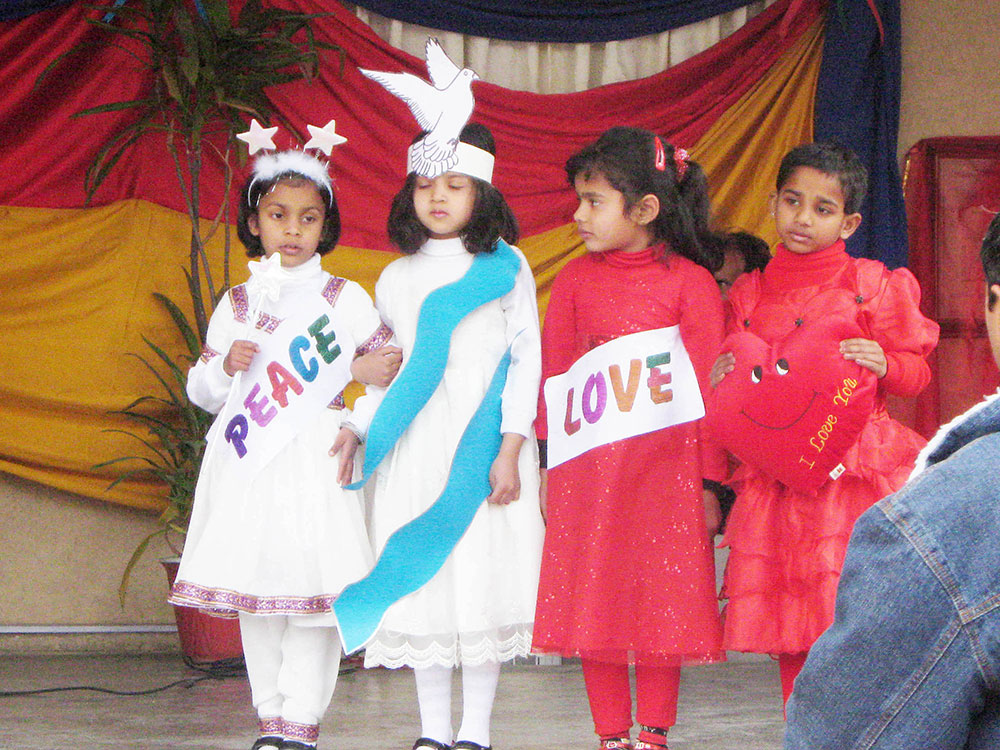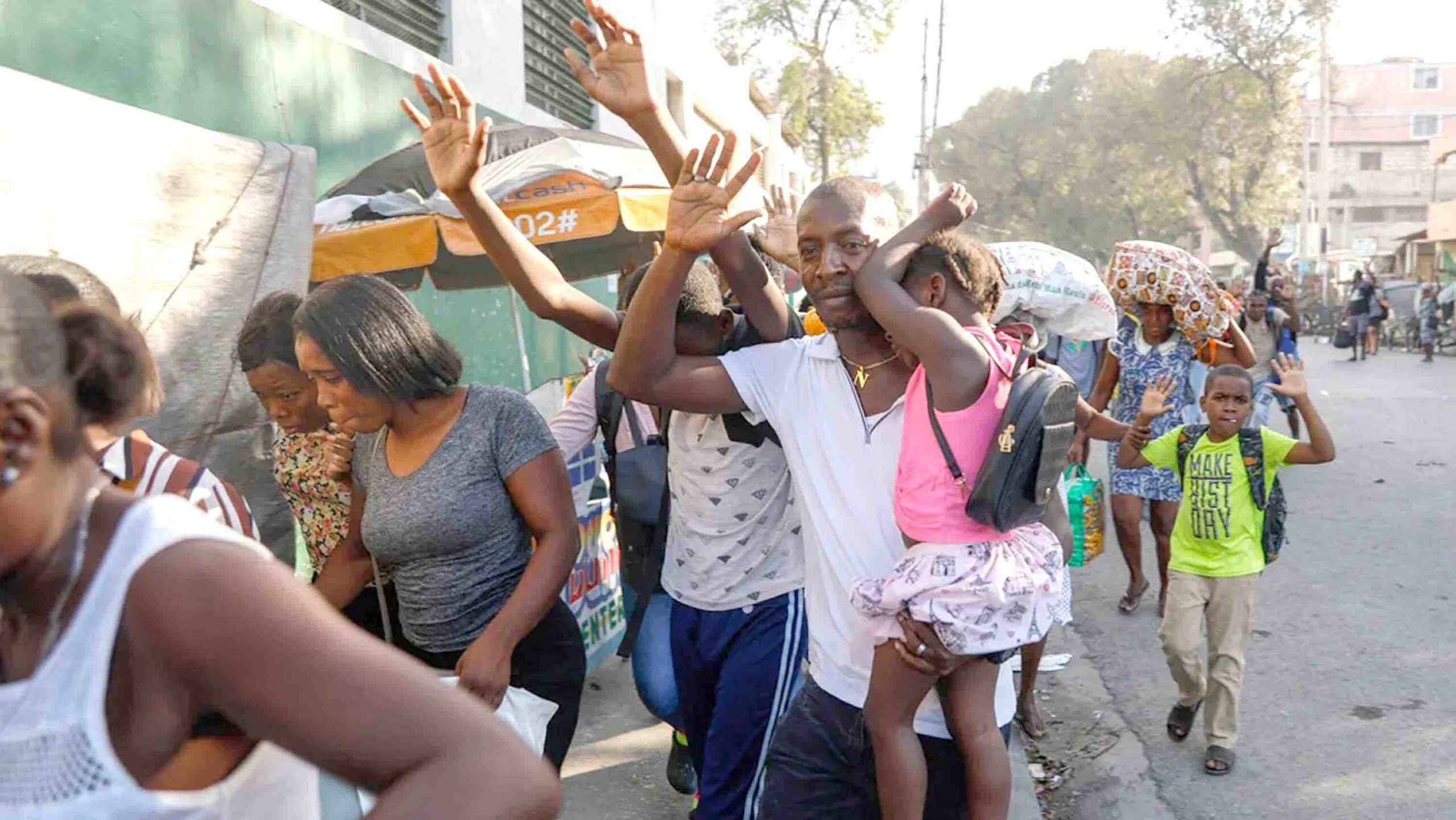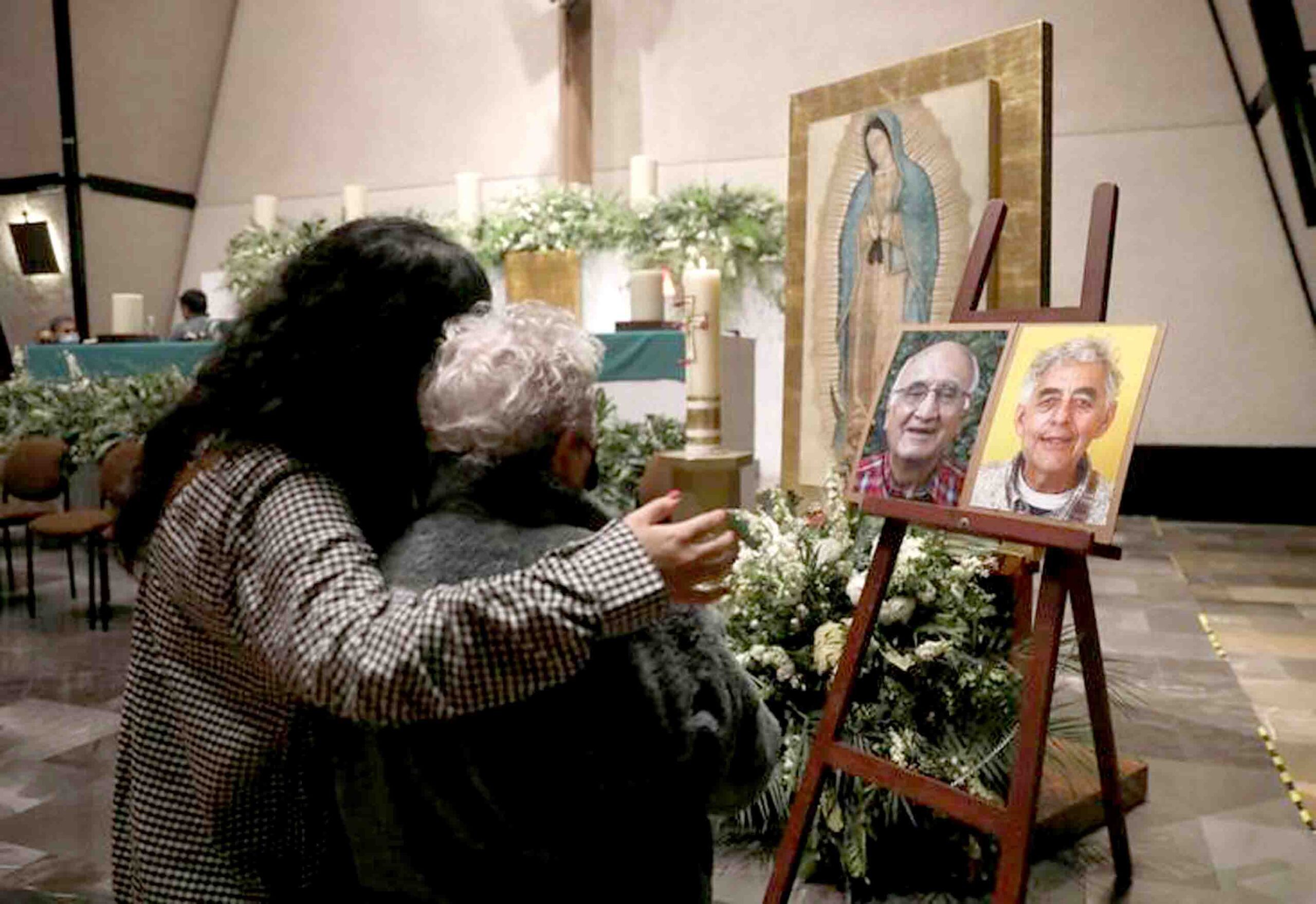In the Philippines alone, where Blessed Candida’s congregation, the Hijas de Jesus, first arrived in 1932, there are over 10,000 students currently enrolled in nine schools and almost 6,000 children and youth benefiting from catechetical instruction outside the school. All over the world, innumerable individuals and communities likewise benefit from the congregation’s apostolic and pastoral work in 17 countries, mostly in Asia, Latin America and Africa where the need is greatest.
“We dedicate ourselves to education in its multiple forms,” says Sr. Emelinda “Lynn” Falsis, FI, directress and principal of Manresa School in Parañaque. “Education is our means of proclaiming to all the Good News, moved by the desire to help people as Jesus did. Mother Foundress’ spirit can be felt in the instructional methods and activities that are always in light of the school’s vision-mission, which is seeing to it that the gospel values are integrated, deepened and lived by the students in their daily life experiences.”
One of the most shining examples of God’s astonishing work in her life is in how Blessed Candida was able to establish a congregation of Christian educators when she herself was practically illiterate. She was first known to the world as Juana Josefa Cipitria y Bariola, born in the Basque province of Guipuzoa, Spain, on May 31, 1845. To help support her impoverished family, the young Juanita left home at the age of 17 to work as a domestic helper for a wealthy family in Burgos. Despite her humble stature, Juanita displayed extraordinary piety and compassion for those even more destitute than herself.
On April 2, 1869, while praying in the chapel of Rosarillo, she received an inspired message from the Blessed Virgin to found a religious order of women to be known as the “Hijas de Jesus.” Her spiritual director, a Jesuit named Fr. Miguel Herranz, immediately confirmed her vision, having received a similar message himself. Through his patient mentoring, Juanita learned to read, write and speak Castilian at the age of 24, hurriedly preparing her for her imminent role as foundress of a teaching congregation. The Hijas de Jesus embodied Mother Candida’s vision of using education for uplifting those who were poor and powerless. She was a pioneer of social justice and women’s rights in 19th century Spain, opening schools for girls of all social backgrounds at a time when over 80% of the female population could barely read or write. Mother Candida died in Salamanca, Spain, on August 9, 1912. At the moment of death, she declared: “In my 40 years of religious life, I could not recall a single moment that did not belong to God alone.”
Beatified on May 12, 1996, no less than Pope John Paul II described Blessed Candida as a “visionary” who was “blessed with a prophetic view of the modern world.” And explained: “Her deep experience of God’s love for each of His creatures led her to respond with generosity and dedication. She concretely expressed her love of others by founding the congregation of the Daughters of Jesus, whose charism was the Christian education of children and adolescents… A visible expression of her love for God, of the radical way she followed Jesus and her total commitment to the cause of His Kingdom.”
In July 2009, Pope Benedict XVI authorized the promulgation of the decree that authenticated a healing miracle attributed to her intercession. Finally, last October 17, Blessed Candida Maria de Jesus was raised to the altar of saints at the Vatican, in rites attended by the Hijas de Jesus Sisters, students and alumnae from the Philippines and all over the world.












